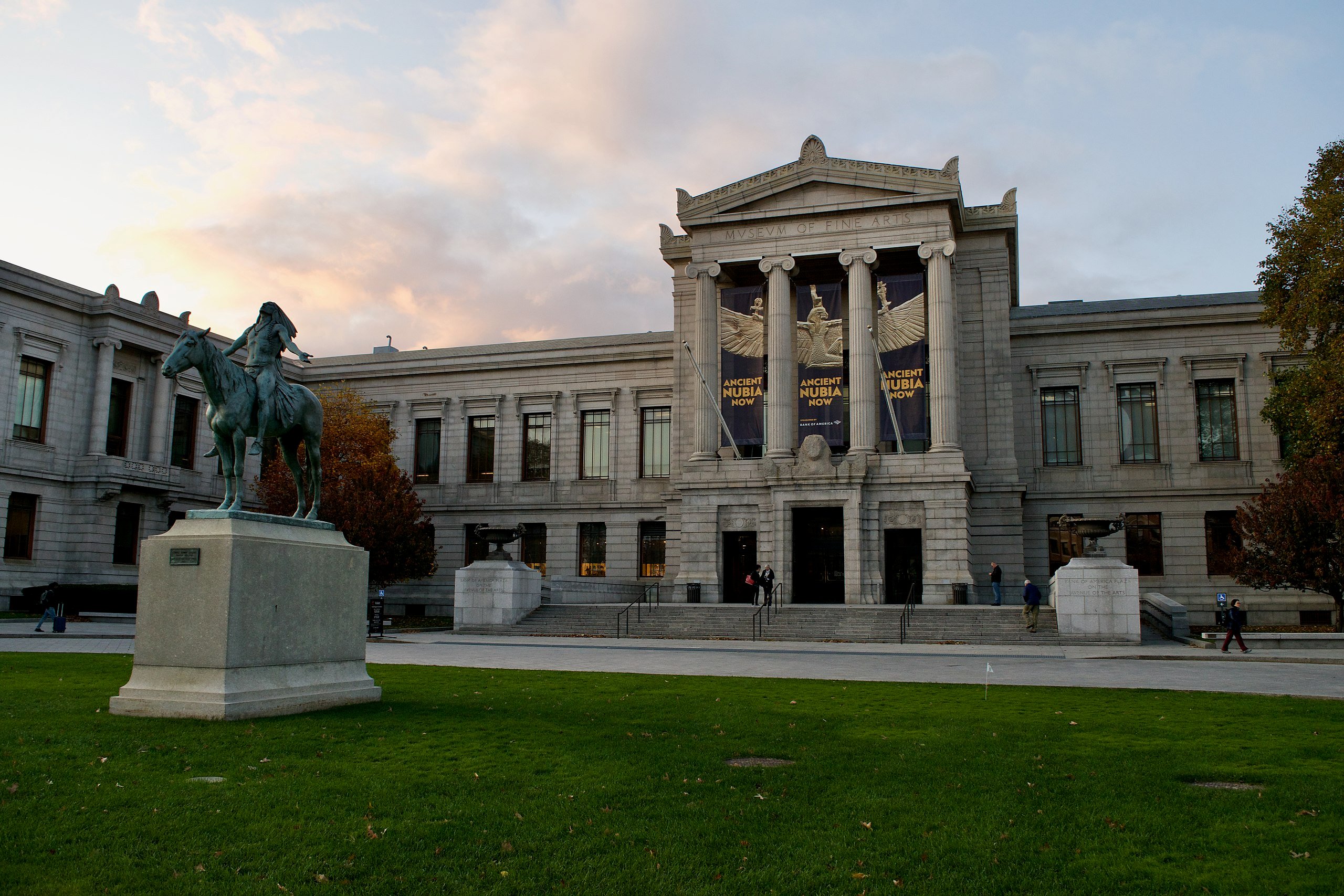
A little over three weeks ago, museums’ relied-upon income from tickets, event rentals, and retail essentially fell to zero overnight. Now, museums large and small across the United States are steadily laying off and furloughing staff as they grapple with their new financial reality. Many are hoping to find some relief through the new payroll loan program offered by the federal government—but that process is already proving to be far from simple.
The latest major institution to make cutbacks is the Museum of Fine Arts, Boston, which announced it would remain closed through June 30 and will furlough around 300 staff members—more than 40 percent of its 750-strong workforce—as a result.
The museum estimates that it will experience a loss of between $12 million to $14 million due to the three-and-a-half month closure, according to WBUR. In a statement, an MFA Boston spokesperson said it would “implement cost containment measures, utilize endowment funds to the extent possible, and furlough staff eligible for unemployment insurance and new government programs.”
The spokesperson added that all eligible employees would receive full health care benefits and the museum planned no layoffs at this time. The MFA Boston’s director Matthew Teitelbaum will also reduce his compensation by 30 percent during this period. (His 2018 salary was $841,921, according to tax records.)
Elsewhere in the city, the ICA Boston is paying all full-time, part-time, and scheduled hourly employees through June 30 and is submitting to the US small business payroll program, a representative confirmed.
No word yet on when museums can expect to hear back on eligibility, but according a Chronicle of Philanthropy report, executives at nonprofits across the country reported confusion “akin to a bank run” when it came to the Paycheck Protection Program, a loan from the government designed to incentivize small businesses to keep their workers on payroll. Complaints included overwhelmed bank websites, confusing information about eligibility criteria, and “a persistent fear the program will leave small nonprofits high and dry in the rush for funds.”
Some institutions are not even in a position to wait to see if they qualify for government aid. The South Street Seaport Museum in downtown New York City said projected revenue losses have already forced it to reduce staff to a skeleton crew. In a statement, the museum’s president, Captain Jonathan Boulware, called the effects of COVID-19 “devastating” and “immediate.” The museum expects operating revenues to be roughly half of what they anticipated.
“We have already taken dramatic corrective action, laying off nearly 20 program staff last week,” he said. “As of next week, every remaining staff member will be furloughed or have their compensation sharply reduced.”
Even more starkly, other institutions are shuttering for good. The Indianapolis Contemporary (I/C), formerly known as the Indianapolis Museum of Contemporary Art, has announced plans to close permanently after 19 years of operation. The board decided it was not “economically feasible” to continue amid the impact of coronavirus and other financial strain.
Performers in front of the Detroit Industry murals by Mexican artist Diego Rivera at the Detroit Institute of Arts in 2012. (Photo by Paul Warner/Getty Images)
Those institutions that do have enough financial stability to forge ahead are doing their best to scrimp, save, and reshuffle. The Detroit Institute of Arts, which has already survived serious financial challenges and economic downturns during the city’s bankruptcy, announced today that it would postpone two exhibitions originally scheduled for June, including the highly anticipated “Van Gogh in America,” which will now open in October 2022.
A DIA representative confirmed that the museum, like a number of others we contacted, is working with their bank to apply for federal government support. But at the moment, leadership is preparing the upcoming fiscal year budget and has not made any concrete decisions regarding staff beyond a salary and hiring freeze “for the foreseeable future.” The spokesperson added: “Our priority is to keep our talent and avoid layoffs at this time. As the COVID-19 situation evolves, we will continue to monitor the museum’s financial position and make adjustments if required.”
In New York, the Brooklyn Museum—which also applied to the Paycheck Protection Program—has committed to paying and providing benefits to its full staff, including part-time employees, but only through April 17, according to a representative, “while we explore all possible ways to keep our team as whole as possible during these uncertain times.”
The Morgan Library & Museum has not furloughed or laid off any staff, but it has put in place a six-month freeze on non-essential hiring and a salary freeze for the rest of the fiscal year. “We are actively reshaping and rethinking how we present the museum online and embracing the current moment in which every cultural institution must also become a media company,” a spokesperson said.
Meanwhile, the Queens Museum furloughed 30 full-time and part-time employees on March 30, including front-of-house personnel, curators, educators, maintenance workers, and security staff. Already “in a precarious situation with regards to our cash flow,” according to a spokesperson, the museum was forced to cancel its annual gala, and now anticipates losses of more than $900,000 between now and July. “These losses will have a huge and sustained impact on our operations,” the spokesperson added.